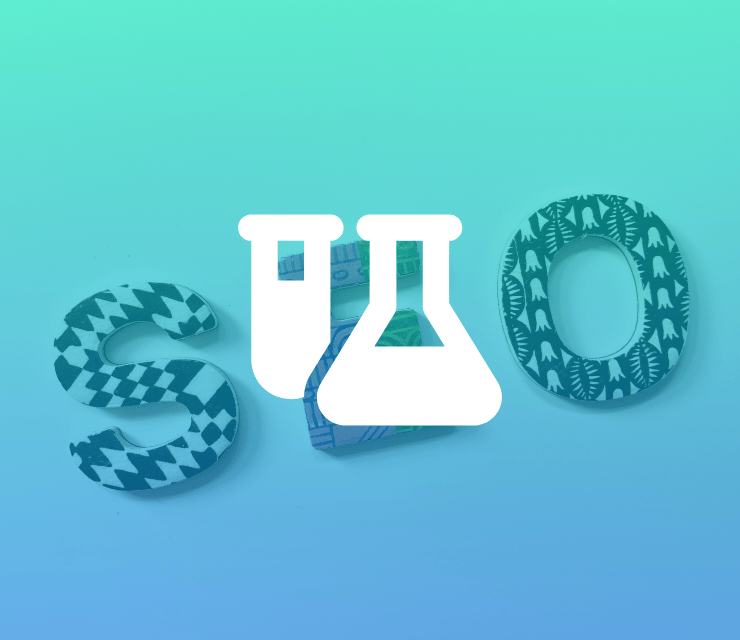Making changes to your website? Have you considered the SEO and traffic implications for your website move?
It’s not guaranteed that following a migration that your traffic will decline. There are many different types of website migration and with careful planning it’s possible to experience an increase in traffic to your website, the key is to do the preparation before you move!
The first step of any migration is defining the website migration itself. These types of migrations range from a simple design change with minimal restructuring all the way through to a domain migration and website restructure.
Each type of migration brings its own challenges and SEO considerations to protect the rankings you do have and to grow your business in the future.
As with any marketing strategy, the first stage should be to plan out the changes you’re going to make.
Phase 1 – Planning, Researching and Benchmarking
Take the time to really consider what you need to achieve from your migration and what your goals are. This will help define the scope of your move. For example, are there sections of your website that you don’t need going forward? What would be the traffic and sales implications of removing this section.
Conversely, are there new products or services that you’re going to add to your website? What will adding these pages do to the structure of your website, will these pages compete with any existing pages?
As part of this phase we recommend thoroughly benchmarking your existing website performance. Identify key pages and key content pieces that you will need to preserve in order to keep as much of your website’s performance as possible following the migration.
Phase 2 – Preparation
This is arguably the most important phase and why you should always go with an SEO led migration strategy. You need to prepare your website or domain to move to the new location. This includes:
- Creating 301 redirects
- Testing your website on your staging environment for usability issues and site speed issues.
- Preparing content for your new website
- Determining how you will track your website following the migration.
- If it’s a new domain getting Google Search Console ready.
This phase and the extent of the preparation very much depends on the website move itself and what your objectives are. If you’re feeling confused or overwhelmed we’re here to help you get your website ready to update!
Phase 3 – Launch Day
On launch day, once the migration has physically been completed, it’s time to test your website in its new form. Run crawlers to check for any errors, test the redirects and the tracking you’ve set up. If you’ve changed domains submit a change of address request to Google Search Console.
Phase 4 – Going forward
Now that the website has been updated the work of monitoring what this has done to your performance begins. Cross reference traffic and sales against your benchmarks to identify sections of your website that need some support or are seeing improvement that you can learn from and apply to the rest of your website.
Performance might look great from day one, but depending on the size of your website and the work done performance might not be stable for the first month or so while the search engines determine where your new website and domain fits into the existing rankings.
One of the most important things to remember about SEO is that it’s a marathon not a sprint. After a migration take the time to get your long term organic strategy in place, test your website for conversion improvements, have a solid content strategy and provide value to your audience. By doing these things you can get through a difficult migration and come out stronger on the other side.
I’m only changing the design of my website, do I need to consider SEO?
Yes, making significant changes to a websites design has the potential to impact on website speed and usability which could have a knock on effect on organic performance. We would also recommend carrying out a technical review of your staging environment as you develop to make sure you still adhere to best practices.
What can happen if you don’t have an SEO led migration?
Unfortunately, the worst thing that can happen is you lose all of your hard work from an organic perspective. Following a migration brand traffic and PPC can help make up shortfall from an organic dip but without following a migration process you’ll be making your life harder.
If you’re planning to update your website or have recently gone through a migration and would like help reviewing the performance we’d love to help. Contact our team to go through what you’re looking to achieve or what concerns you about a migration and we can create a process designed to help transition your website with your organic performance in mind.
Mon, 13 June 2022

